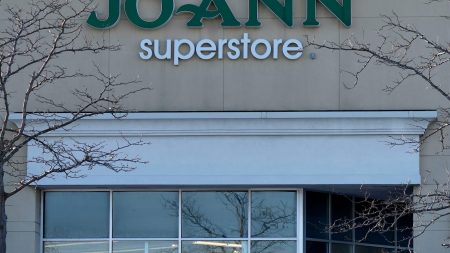The Breakfast Boom in the U.S.
In recent years, breakfast has become the most sought-after meal in U.S. restaurants, sparking a surge in the popularity of breakfast-focused eateries. Chains like First Watch, Eggs Up Grill, and Another Broken Egg Café have expanded rapidly, with First Watch quadrupling its locations to 570 over the past decade. Even fast-food giants like Starbucks and Wendy’s have jumped on the bandwagon, introducing new breakfast items featuring eggs. This trend is further supported by Yelp data, which shows a 23% increase in breakfast and brunch establishments since 2019. The breakfast boom is not just about convenience; it’s about consumers seeking comfort and connection, especially post-pandemic.
Why Egg Prices Are Skyrocketing
The soaring demand for eggs in restaurants coincides with a perfect storm of supply chain disruptions. A severe bird flu outbreak has led to the culling of over 145 million birds, drastically reducing egg production. This scarcity has driven wholesale egg prices to an all-time high, with the national average reaching $7.34 per dozen, a 51% increase from the start of the year. The situation is further complicated by changing consumer preferences and regulatory shifts, such as the demand for cage-free eggs, which limits suppliers and raises costs.
Restaurants Feel the Pinch
The impact of rising egg prices is deeply felt across the restaurant industry. Breakfast menus, which heavily rely on eggs, are becoming costlier to maintain. While some chains like Waffle House have introduced surcharges, others are exploring alternatives like egg substitutes or reducing portion sizes of egg-based dishes. Despite these challenges, restaurants recognize the importance of eggs to their brand identity and are striving to maintain their offerings without compromising quality.
Changing Consumer Preferences
Consumers are driving the demand for simpler, fresher ingredients, with eggs being a top choice for protein. The perception of eggs as fresh and natural has boosted their popularity, but it also introduces challenges. The shift towards cage-free eggs, mandated by laws in states like California, adds another layer of complexity to sourcing. This ethical and regulatory evolution is reshaping the egg supply chain, making it more complicated than ever before.
Industry Adaptations
Restaurants are innovating to navigate the egg crisis. Some are diversifying their menus, increasing portion sizes of non-egg items, or considering substitutes. However, for many, eggs remain integral to their offerings. Chains like First Watch are committed to maintaining their egg-based dishes, absorbing the increased costs to preserve their brand integrity. This resilience highlights the enduring appeal of eggs in American cuisine.
The Future of Eggs in Restaurants
Looking ahead, the egg supply chain will likely remain volatile, influenced by health crises, consumer trends, and regulations. Restaurants must balance affordability with ethics, possibly leading to menu innovations and strategic pricing. While the current challenges are daunting, the breakfast boom underscores the enduring love for eggs, driving the industry to find sustainable solutions.
This summary captures the interplay of factors affecting the restaurant industry, emphasizing the human and economic dimensions of the egg crisis.















